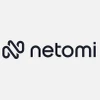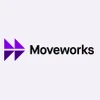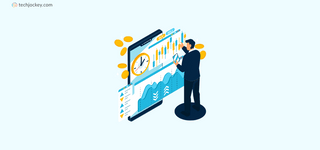Artificial intelligence is growing so fast and will grow and grow more faster in the coming time. The competition is so high in the agentic AI tools market that multi-agent AI is a new entry in it.
Some reports say that the multi-agent system platform market is likely to grow from about USD 7.81 billion in 2025 to nearly USD 54.91 billion by 2030. When calculating CAGR, it goes around 47-48% this way.
Meanwhile, the broader agentic AI market is about to surge from roughly USD 6–7 billion in 2024–25 to above USD 40–100 billion, maybe within the next 5 to 8 years.
This clearly shows that businesses are moving quickly from experimenting with AI agents to building coordinated networks of agents capable of autonomous decision-making.
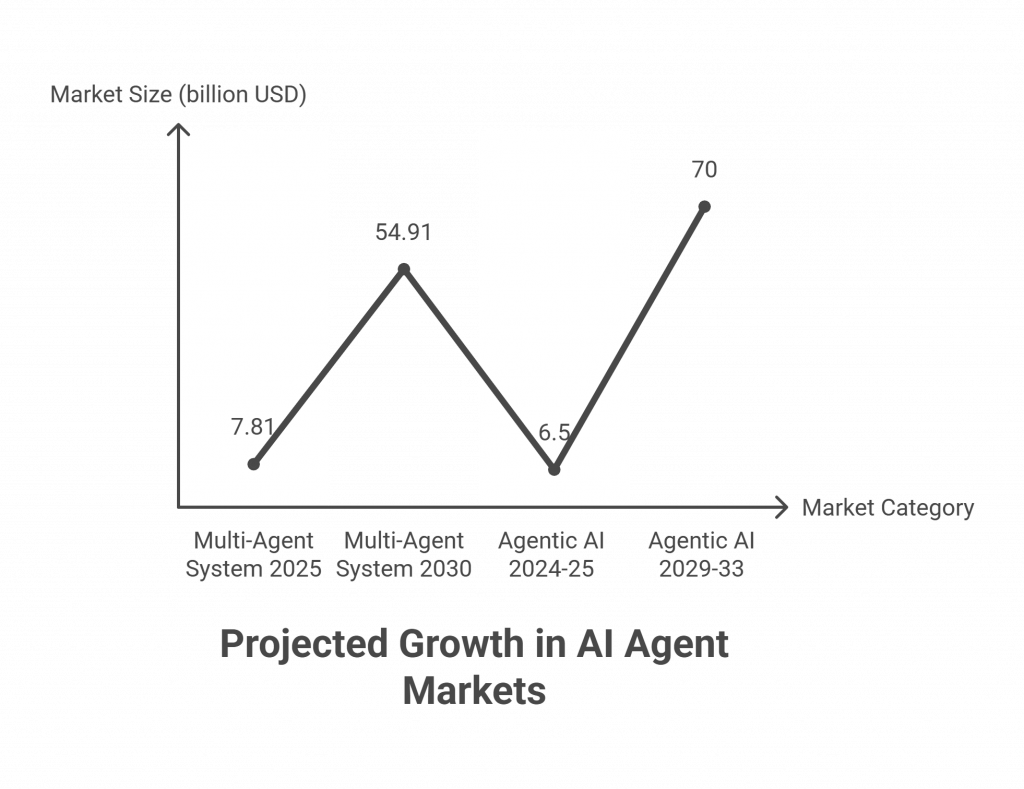
In this post, we will learn about multi-agent AI, how it works, and how it is different from single-agent AI. Let’s begin.
What is a Multi-Agent AI System?
A multi-agent system in AI is a system of autonomous agents that are interacting in a common environment. Each agent views its environment independently, decides, and acts in order to achieve a certain objective.
However, the main power of MAS is the ‘collective intelligence’ of multiple agents. It’s their ability to coordinate actions and share knowledge to accomplish complex tasks more effectively.
An AI agent is a program or model that performs tasks for a user or another system. Today’s agents use large language models (LLMs), which enable them to understand natural language, plan multiple steps, use external tools or APIs, and improve based on feedback.
When several such agents are in combination, they constitute a MAS that is able to plan, reason, and perform tasks at scale independently.
This is what a multi-agent AI system is!
Single AI Agent vs Multi-Agent AI Systems
The single-agent system is entirely autonomous. It is driven by data and tools to complete a task without involving or communicating with other agents. As an example, a chatbot answering frequently asked questions or a system that recommends products.
Conversely, a multi-agent AI comprises numerous independent agents cooperating or in some cases competing within the same environment. Agents have their individual competencies and objectives, yet assist one another in accomplishing a shared objective. These agents are able to communicate, exchange knowledge, and learn among themselves. This is known as multi-agent reinforcement learning.
How Multi-Agent AI Systems Work?

Multi-agent systems function through distributed intelligence and structured collaboration. Here’s how they operate:
- Perception: Each agent gathers data from its environment or tools. This may include sensor inputs, APIs, or shared digital spaces.
- Reasoning and Planning: Agents analyze inputs using their LLM-based reasoning capabilities to decide on actions.
- Action: Agents perform assigned tasks, such as querying data, generating reports, or interacting with other systems.
- Communication: Agents exchange information directly via messages or indirectly by modifying a shared environment.
- Coordination and Orchestration: An orchestration layer or controller ensures agents work in sequence and that information flows effectively between them.
Core Components of a Multi-Agent AI System
Every MAS consists of three fundamental components:
- Agents: These are self-sensing, thinking, and acting units. The agents may be software programs, chatbots, robots, or algorithms. All of them are created to do a particular task.
- Environment: The common digital or physical space in which several agents interact is referred to as the environment. It makes resources available, sets rules, and may be dynamic such as traffic systems or non-dynamic such as a database.
- Interaction and Communication: To work effectively, agents interact through standard protocols like FIPA ACL (Foundation of Intelligent Physical Agent Communication Language). Other forms of structured data, such as JSON and XML, are also used by them.
Multi-Agent System AI Architecture
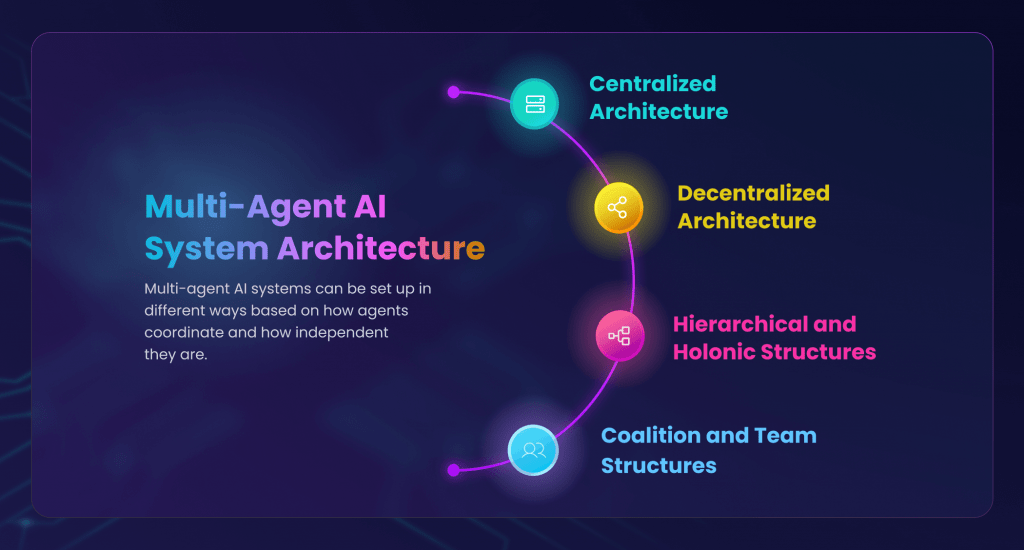
Multi-agent AI systems can be set up in different ways based on how agents coordinate and how independent they are.
1. Centralized Architecture
In this setup, one main controller manages all communication and decisions. It’s simple to coordinate, but if the main unit fails, the whole system can stop working.
2. Decentralized Architecture
Here, agents talk directly to each other instead of relying on a central controller. This makes the system stronger and more fault-tolerant, but coordination becomes more challenging.
3. Hierarchical and Holonic Structures
- Hierarchical systems have layers of agents. Higher-level agents assign tasks, and lower-level agents carry them out.
- Holonic systems group agents into holons. These are units that can work on their own but also as part of a larger network. It’s similar to how parts of the human body work independently yet support the whole.
4. Coalition and Team Structures
- Coalitions are temporary groups formed when agents come together to solve a specific problem or improve performance.
- Teams are more permanent. Agents in a team work closely together and depend on each other for ongoing decisions.
Natural Behaviors in Multi-Agent AI Systems
The dynamics of MAS often resemble natural behaviors seen in biological systems:
Flocking: Agents move or make decisions using simple heuristics:
- Separation – avoid collisions
- Alignment – match behavior
- Cohesion – stay close to others
This is applied in robotic swarm navigation and traffic flow optimization.
Swarming: Agents organize themselves and act in sync, much like bees or birds in a swarm. This decentralized teamwork helps systems handle large-scale tasks and control groups of robots easily.
Use Cases of Multi-Agent AI Systems
Below are some real-world applications of multi-agent systems in artificial intelligence:
- Transportation and Traffic Management: MAS are used to coordinate transportation systems, optimizing the routes, congestion control, and fleet scheduling. For example, real-time data is exchanged by train, truck, or ship agents to avoid conflicts and enhance the efficiency of logistics.
- Supply Chain and Logistics:In supply chain management, agents are able to negotiate with each other in order to control inventory, forecast demand, and automate procurement.
- Healthcare and Public Health: Multi-agent models may be used to simulate the spread of a disease, optimize the allocation of hospital resources, and aid in research.
- Robotics and Automation: Multiple robots are used in warehouse automation or within a drone fleet to accomplish coordinated actions, including picking, packing, or delivery. MAS guarantees that there are no collisions among robotic agents.
- Defense and Cybersecurity: MAS plays a crucial role in the defense systems in threat detection and simulation. Agents can simulate attacks, coordinate responses, and can also monitor network vulnerabilities.
- Finance and Trading: Trading agents in MAS analyze markets, execute trades, and adapt strategies dynamically. Each agent can specialize in a specific market segment or risk profile, improving decision accuracy and trading efficiency.
Advantages of Multi-Agent AI Systems
- Built to Scale: Multi-agent AI systems are scalable; new agents can be added without disrupting the existing network. With this advantage, systems can grow dynamically as tasks expand.
- Easily Adapts to Change: Agents can be modified or replaced without affecting the whole system. This makes multi-agent systems adaptable to changing goals or environments.
- Experts in Their Own Domain: Each agent focuses on a specific area like pricing, logistics, or customer service. This allows deeper expertise and faster decision-making.
- Failsafe and Reliable: Since multi-agent systems are distributed, even if one agent fails, others continue to function. This ensures reliable and continuous performance.
- Learns and Grows Together: Agents share their experiences, they learn their outcomes, and enhance strategies with each other, resulting in a smarter and self-evolving network.
Challenges in Building Multi-Agent AI Systems
Although MAS has tremendous potential, it also comes with challenges. Below are a few discussed:
It is difficult to coordinate a large number of independent agents when their interests are conflicting or when the environment changes rapidly.
Sometimes, when there are too many agents sharing data simultaneously, the system may slow down.
There are certain times when agent interactions may produce unpredictable or unstable outcomes that were not intended.
In sensitive systems, a faulty or malicious agent can cause disruptions or data leaks, raising security concerns.
Large AI-based agents require high-end computing resources, which raises the cost of operations. Also, finding and fixing errors is complex because agents depend on each other’s actions.
Popular Frameworks for Building Multi-Agent AI Systems
Several open-source frameworks help developers design, test, and deploy MAS efficiently:
1. JADE (Java Agent Development Framework): A FIPA-compliant toolkit for building agent-based systems, primarily for academic and business simulations.
2. Mesa (Python): Ideal for modeling and visualizing agent-based simulations such as crowd dynamics or ecosystem behavior.
3. Ray (Python): A high-performance distributed computing framework used to scale AI workloads and manage agent coordination.
4. AutoGen (Microsoft): Enables creation of LLM-based ‘conversable agents’ that collaborate on software development or code analysis tasks.
5. CrewAI: Simplifies building AI ‘teams’ (like a writer, editor, and researcher) that work together to complete structured workflows.

CrewAI
Starting Price
$ 25.00
6. LangGraph and LangChain: Provide graph-based orchestration and modular tools to build context-aware, stateful agent networks.
7. LlamaIndex: Connects agents to external data sources, enhancing retrieval-augmented generation and data-driven reasoning.
Future of Multi-Agent Systems
As AI systems evolve, MAS will form the backbone of intelligent automation. With better orchestration tools, memory management, and real-time reasoning, MAS can soon manage entire workflows with minimal human intervention.
The future points toward self-organizing, learning-driven ecosystems of agents that cooperate not just within one system but across digital platforms. It marks a major leap toward collective artificial intelligence.
Mehlika Bathla is a passionate content writer who turns complex tech ideas into simple words. For over 4 years in the tech industry, she has crafted helpful content like technical documentation, user guides, UX content, website content, social media copies, and SEO-driven blogs. She is highly skilled in... Read more








